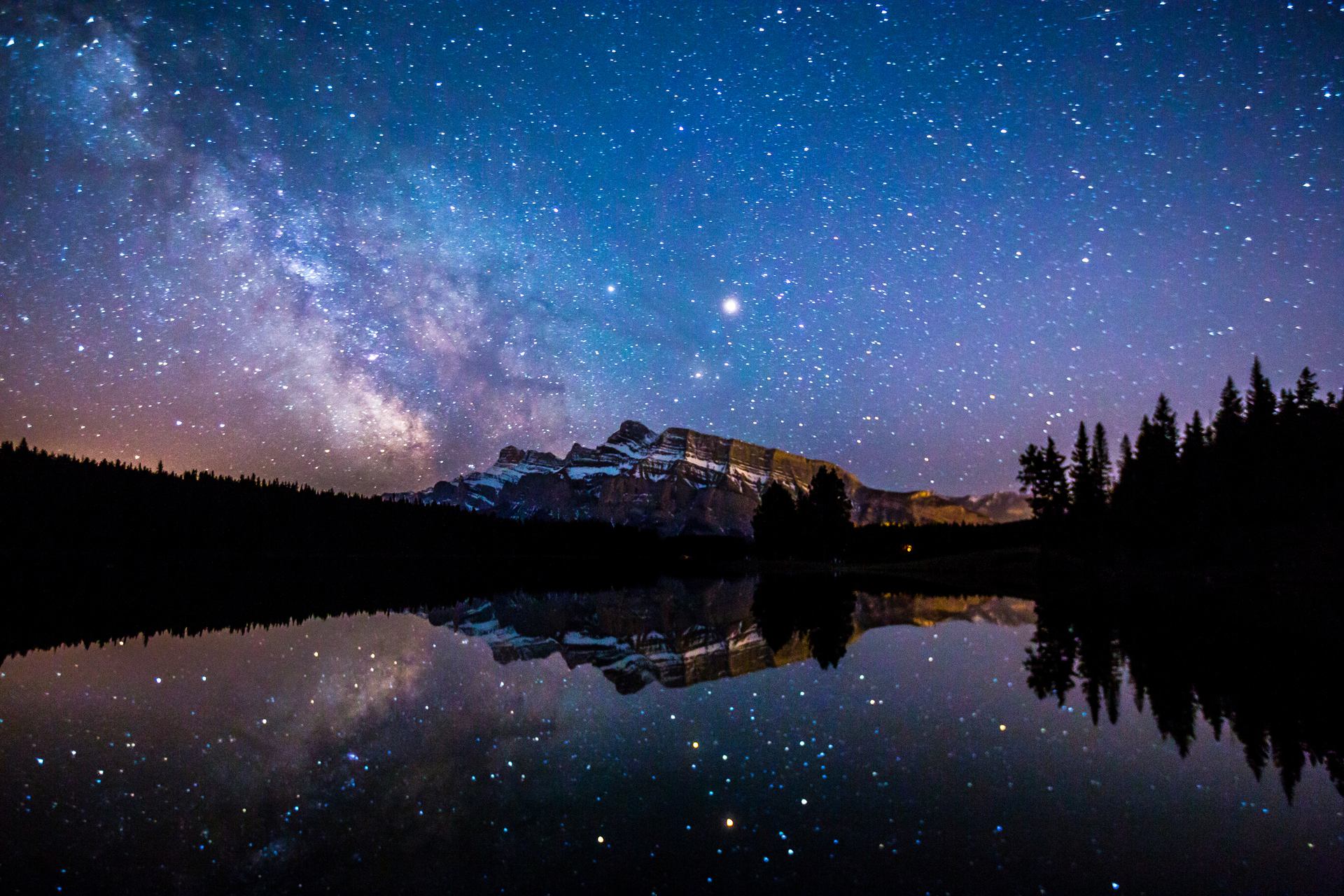
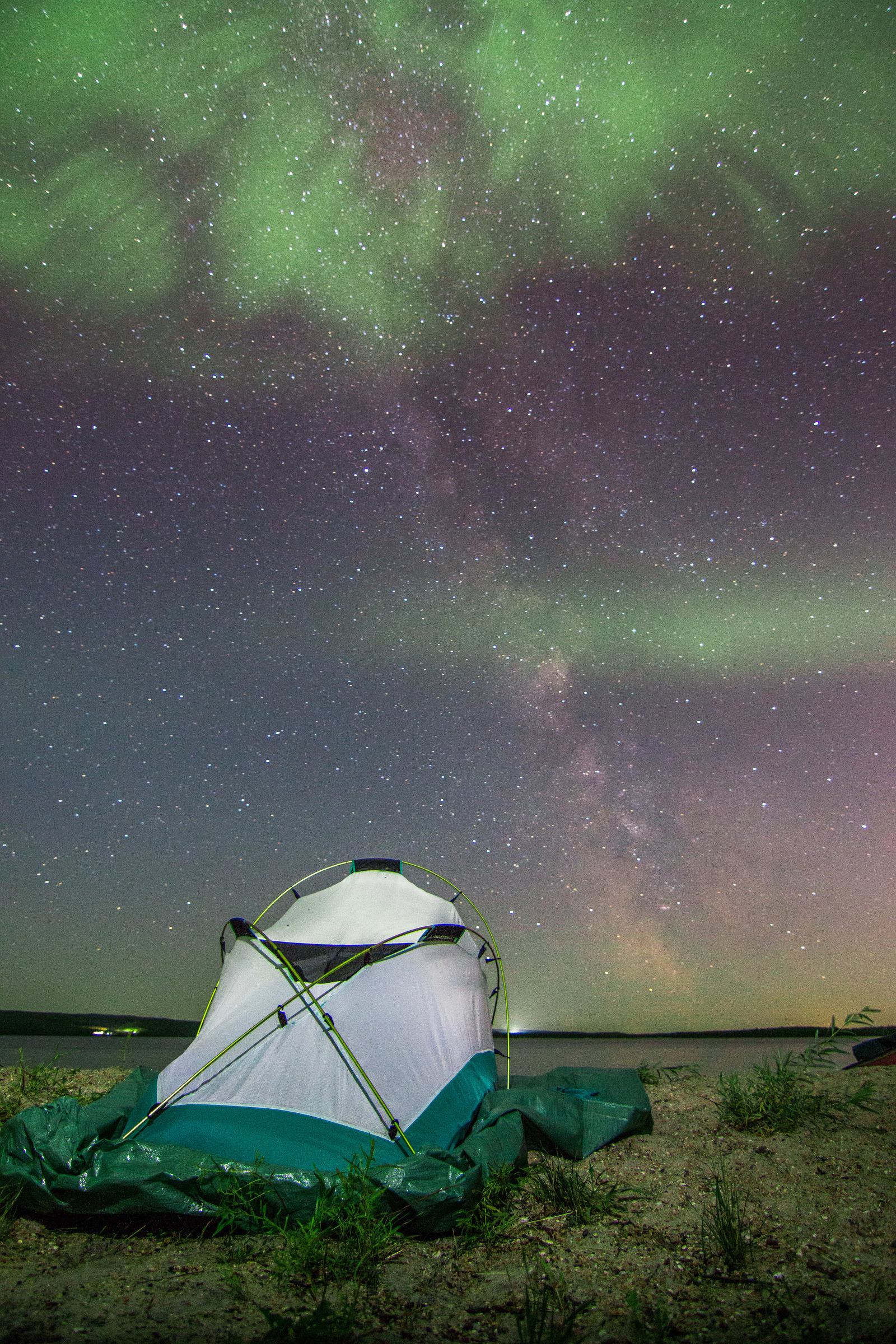
Up your chances of seeing the world’s greatest light show
Seeing the aurora borealis is never a guarantee, but there are steps you can take to boost the likelihood you’ll catch a breathtaking show, like when and where you travel, and what kind of equipment to bring.

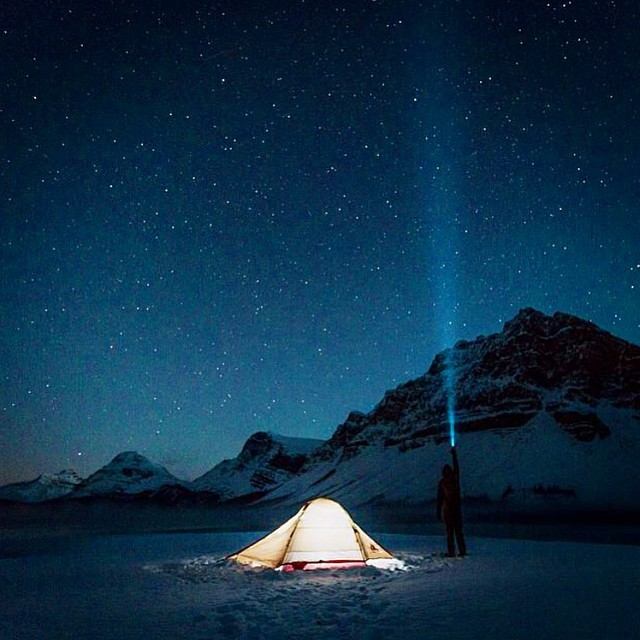
Did you know?
There are five designated Dark Sky Preserves across Alberta, making it the ideal destination for stargazing enthusiasts.
Featured event
In October, Jasper goes dark
Back in 2011, Jasper was designated as a Dark Sky Preserve by the Royal Astronomical Society in Canada. Low levels of light pollution and easy access mean Jasper is the ultimate destination for viewing dark skies. During the Jasper Dark Sky Festival, events around the park provide everyone opportunities to witness perfect night skies.
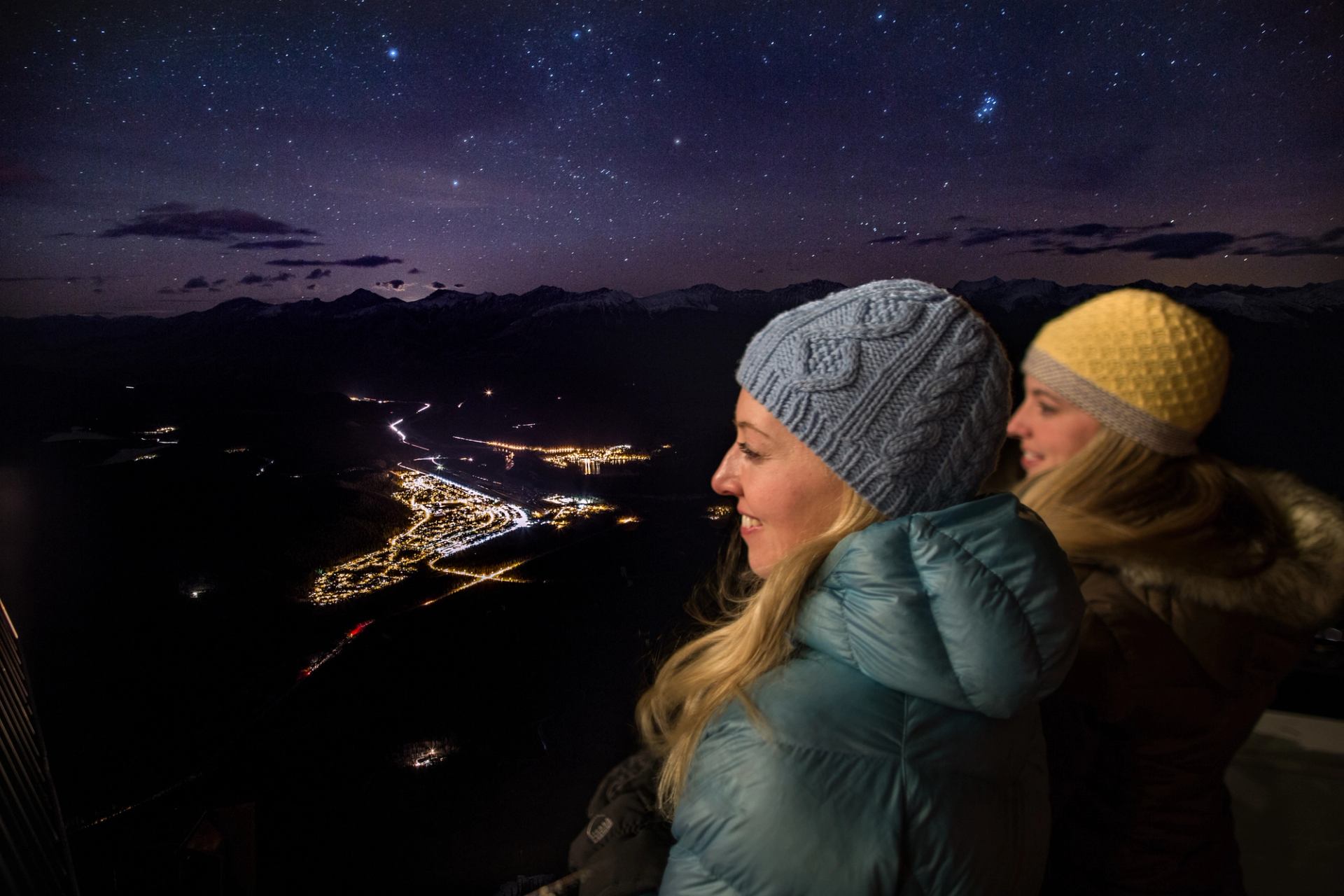
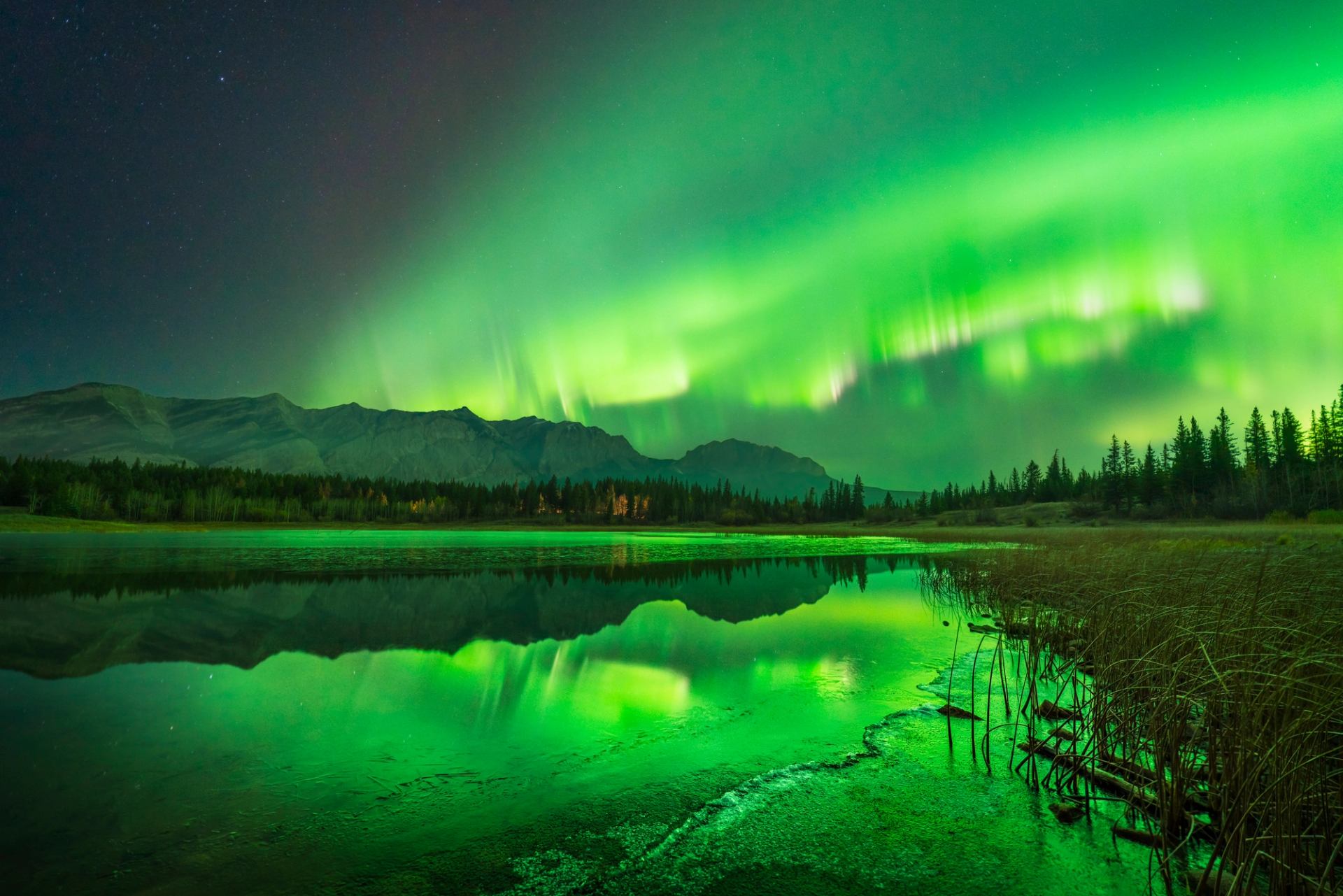
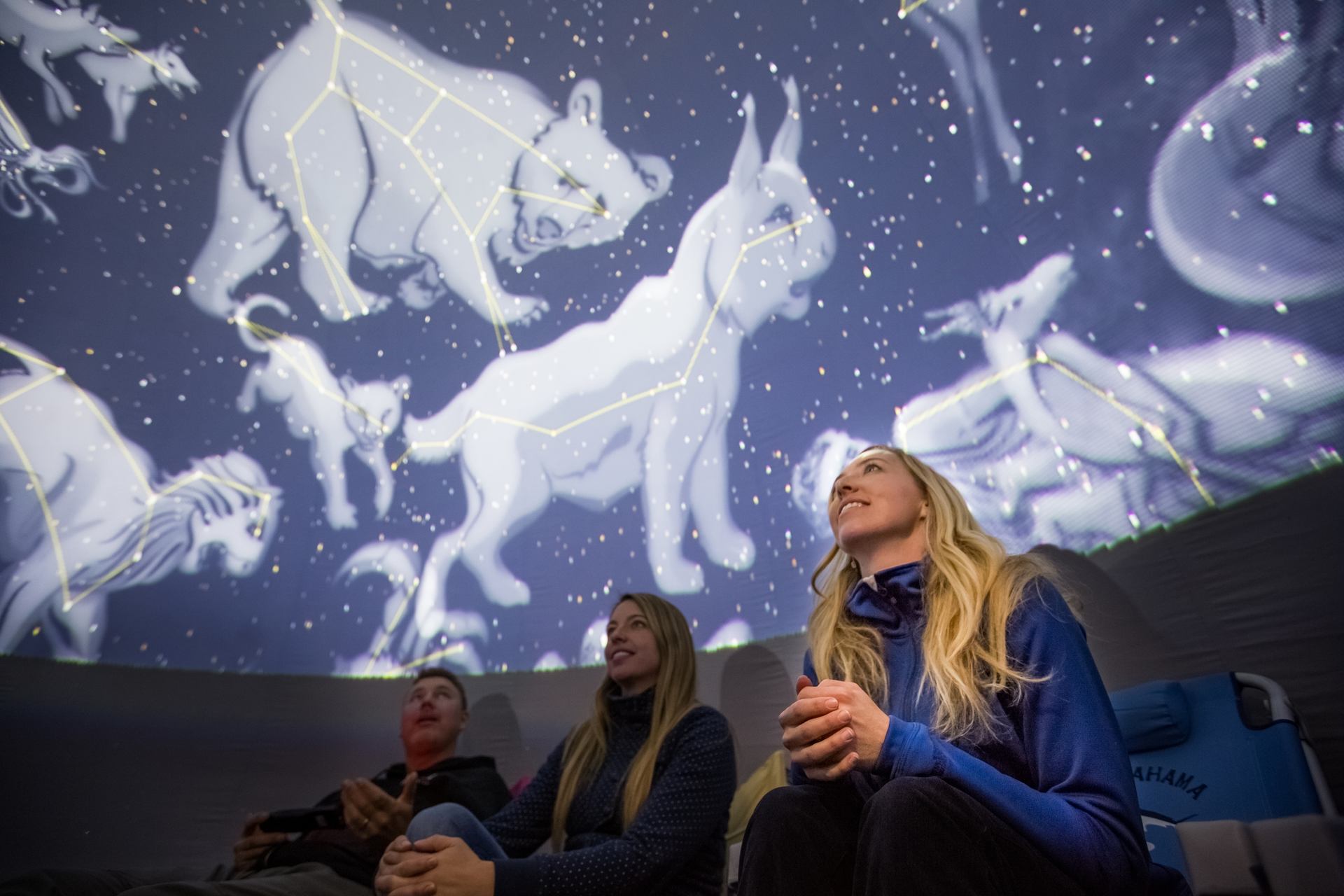
Camp under the stars
Frequently asked questions
The long, dark nights from October to March offer the best chances to see the aurora borealis. Geomagnetic activity tends to be higher during this time as well. Keep in mind that they are a natural phenomenon – monitoring geomagnetic conditions and weather, plus heading away from light pollution will always boost your chances.
Your best bet is to head to one of Alberta’s five Dark Sky Preserves, including Beaver Hills Dark Sky Preserve, Cypress Hills Dark Sky Preserve, Wood Buffalo National Park Dark Sky Preserve, Lakeland Provincial Park, Jasper Dark Sky Preserve and the Waterton-Glacier International Dark Sky Park. You can learn more about them via the Alberta Parks Dark Sky Guide.
There are definitely times when you can see the aurora borealis from Alberta’s major cities. If you really want to increase the likelihood that you see them, heading to places like Waterton Lakes National Park, Aspen Beach Provincial Park, Wood Buffalo National Park, Ghost Lake or the Peace River region will boost your chances.
You could find yourself outside at night for a while while waiting for a northern lights show, so it’s a good idea to pack warm clothing for colder nighttime temperatures, snacks and water, a basic first aid kit, insect repellent if it is summer, and a warm beverage like hot chocolate goes a long way in winter.
The biggest factors that will impact your ability to view the aurora borealis will be the geomagnetic conditions and solar activity, with solar and geomagnetic events increasing their visibility. Cloud coverage and light pollution will also play a role, so it’s important to head away from the city if possible, and choose clear nights.
Yes. The University of Alberta Observatory in Edmonton is open year-round Thursdays from noon to 1 PM for solar observation, while evening observations are open September to mid-April.
The University of Calgary’s Rothney Astrophysical Observatory provides majestic views of the Rocky Mountains and surrounding foothills and an unobstructed view of the nighttime sky.
For those venturing further south, the Eagle Butte Observatory delivers state-of-the-art equipment and a comfortable observing space available for event bookings or other programs.
While newer smartphones can capture decent photos of the northern lights, your best bet is a DSLR camera if you have one available. Starting with a 15-second exposure and a wide-open aperture will help your camera’s sensor capture as much light as possible. You can also adjust your ISO settings upwards until you start experiencing too much noise in your images. Once you’ve adjusted a few times, you should be good to go!







